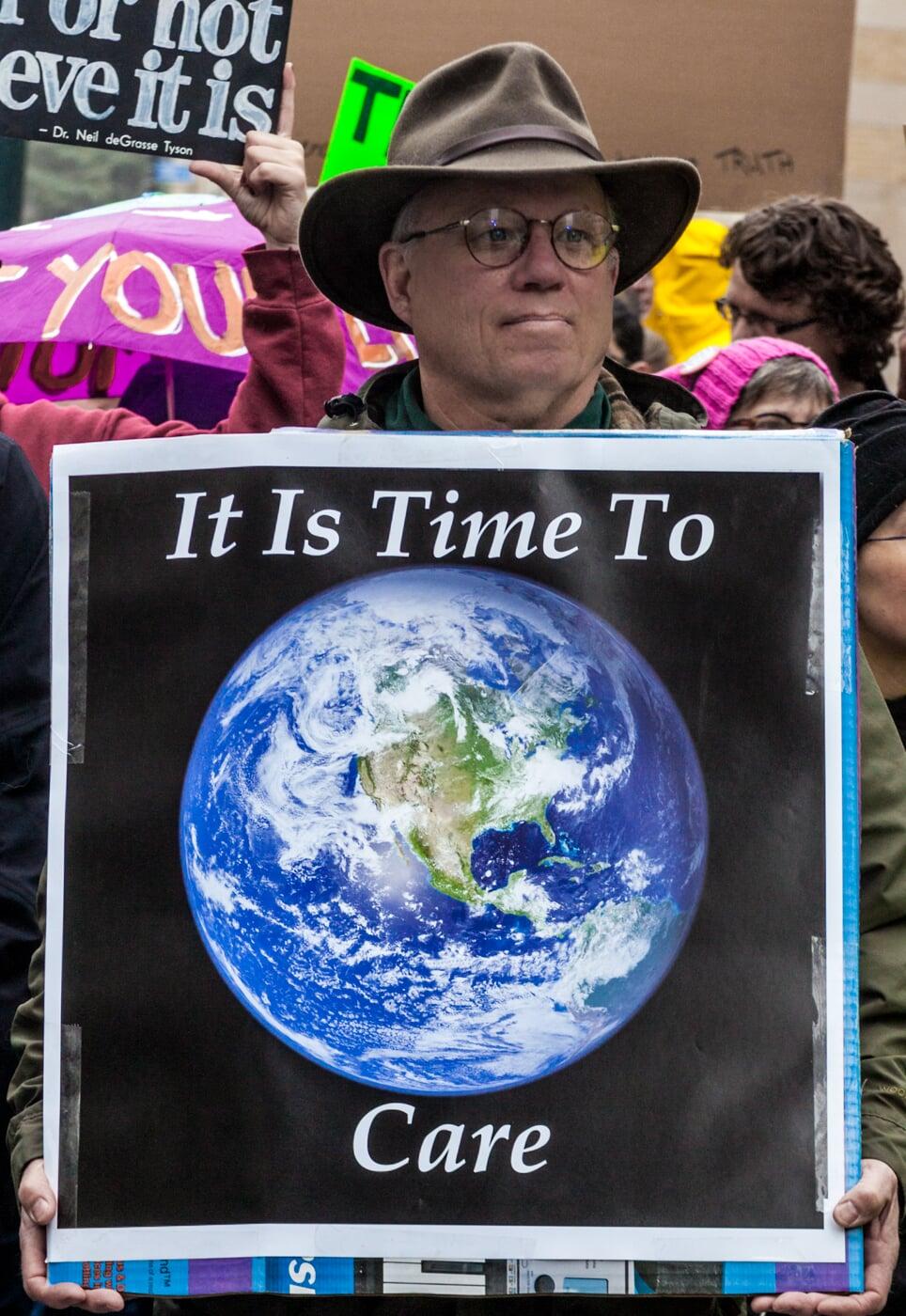Writing Science with Clarity
Environmental scientists are rarely taught how to write outside the academic setting, yet writing for federal and state agencies or nongovernmental organizations comprises the bulk of their work. Concepts such as understanding your audience, context, and purpose or selecting a writing style are vital to clear communication. Environmental scientists need a process, and when they work without one, they struggle with procrastination, writer’s block, and anxiety.

(Image: taken by Paul VanDerWerf, April 22, 2017, Portland, Maine)
Environmental scientists who work at the intersection of science and regulatory policy need help writing complicated documents geared toward numerous audiences. This course offers that help through a series of seven steps. Each step has its own strategies and tools. We work through the steps together on a document of the course participant’s choice, so the learning is implemented immediately in a real-life context. Along the way, we address questions of grammar and style with reference to appropriate sources.
In Writing Science with Clarity, environmental scientists learn the basics of composition in a new way: through a systematic process, a protocol of sorts. These steps offer a different way of thinking about writing. Instead of asking environmental scientists to look at a polished, published environmental agency document and replicate it, the course shows you how to start from the beginning, when all you have is a document type and topic. With this process, you do not have to be a naturally gifted writer to write well: you just need to follow the steps.
Course Objectives
1. Start writing with a sense of purpose that aligns with your agency’s mission statement and the specific needs of the document and its audiences.
2. Have the confidence to approach any stage of the writing process with a set of tools that allows effective, efficient completion of the task.
3. Write documents that are logically organized and well developed, with precise diction, strong topic sentences, and clear transitions.
4. Work successfully with reviewers to move a document through the chain of approval to successful publication.
5. Understand the grammar & mechanics of scientific, government documents and the reference works to consult.
(for more information about the seven steps, please visit Writing in the Environmental Sciences: A Seven-Step Guide.)

